Presenting American Flowers Week & Introducing Minnesota’s Len Busch Roses (Episode 199)
June 24th, 2015
Podcast: Play in new window | Download
Subscribe: Apple Podcasts | Google Podcasts | Podcast Index | RSS | More
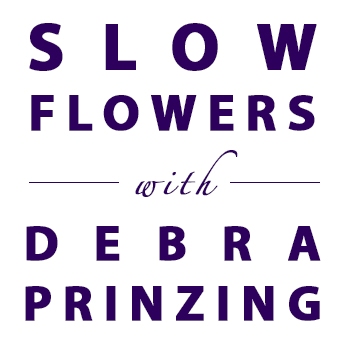 Today, we’re celebrating the 100th episode of the Slow Flowers Podcast, a weekly program that’s all about American Flowers and the people who grow and design with them.
Today, we’re celebrating the 100th episode of the Slow Flowers Podcast, a weekly program that’s all about American Flowers and the people who grow and design with them.
Reaching ONE HUNDRED EPISODES represents a significant milestone, as we have brought you hours and hours of programming on the vital topics ranging from saving our domestic flower farms to supporting a floral industry that relies on a safe, seasonal and local supply of flowers and foliage.
To me, it’s all about making a conscious choice and I invite you to join the conversation and the creative community. This podcast is brought to you by Slowflowers.com, the free, nationwide online directory to florists, shops, and studios who design with American-grown flowers and to the farms that grow those blooms. It’s the conscious choice for buying and sending flowers.
To commemorate the 100th episode of the Slow Flowers Podcast, we’re launching a very cool and I believe significant week-long education and outreach campaign that will kick off next Monday, June 29th and run through Saturday, July 4th.
Inspired by British Flowers Week, which has been the subject of two recent podcast episodes, the Slow Flowers Podcast and the Slowflowers.com online directory present: AMERICAN FLOWERS WEEK.
We’re kicking off American Flowers Week with a fabulous logo identifying the campaign, designed by Iowa-based illustrator and artist Jean Zaputil of Studio Z Design & Photography.
You are welcome to visit our new American Flowers Week web site where you can download and use the logo and other resources for your own promotional efforts efforts. Click here to find our Press Kit and links to a Flickr gallery featuring local flowers and floral arrangements representing all 50 states.
I encourage you to join in the campaign by posting your own images of the beautiful American flowers you grow or the distinctive bouquets you design using domestic and local stems.
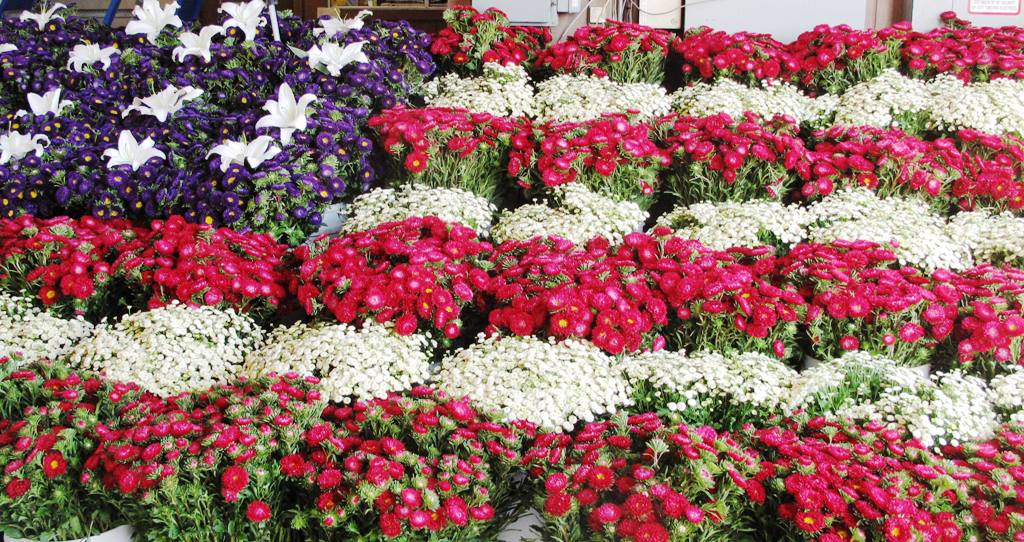
Red, white and blue American-grown flowers, featured in a patriotic display at Sun Valley’s Oxnard, CA, farm.
Please tag your photos with #americanflowersweek and let’s get this topic trending.
Here’s an encouraging thought: Last year the hashtag #britishflowersweek generated 1.5 million social media impressions – that’s seriously powerful– and there is no reason we can’t do something similar to raise awareness of our farms and our flowers here in the U.S.
Since this is just our first year, American Flowers Week will rely on grassroots efforts of everyone who hears about it. In future years, we expect to bring more partners into the campaign and spread the news widely throughout the media, industry, and at the consumer level. Please join me – as I always say – in the conversation and in the creative community.
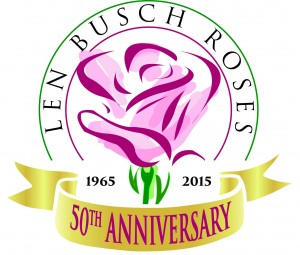 Our guest today is a man who helped me make good on a promise to showcase local flowers when I presented as a featured designer at Art in Bloom, an annual flower and art extravaganza at the Minneapolis Institute of Art. My presentation was scheduled for May 1st, with a morning design demonstration, followed by an afternoon design workshop for 25 students.
Our guest today is a man who helped me make good on a promise to showcase local flowers when I presented as a featured designer at Art in Bloom, an annual flower and art extravaganza at the Minneapolis Institute of Art. My presentation was scheduled for May 1st, with a morning design demonstration, followed by an afternoon design workshop for 25 students.
When the program chairs invited me to be part of Art in Bloom, I specified that I would come and present on the condition that we feature locally grown flowers. In concept, that seemed like a good idea. But spring arrived late in the Twin Cities and when time came to start ordering flowers for my presentation and workshops (and I’m talking a lot of flowers because of the generous budget I had to work with), the local wholesaler informed me that the only thing LOCAL that I could be assured of were pussy willows.
I went into a bit of a panic until Slowflowers.com member Christine Hoffman, owner of Foxglove Market & Studio in St. Paul, Minnesota, and a past guest of this podcast, gave me a few suggestions.
Len Busch Roses was one of them. And with just four days notice – and only one week before the uber-busy floral holiday of Mother’s Day, Jason Lenz made it possible for me to have a bounty of Minnesota-grown flowers!
Jason is the director of business development for Len Busch Roses, which has the tagline: Minnesota Grown and Wildly Fragrant.
The only remaining major commercial grower of cut flowers in the central part of the U.S., Len Busch Roses is based in Plymouth, Minnesota, a suburb of Minneapolis.
On the day after my Art in Bloom presentation, Jason picked me up bright and early and took me on a tour of the flower farm. It was a bit of a rush, because I had to catch a flight at 11 a.m., but we managed to see all of the greenhouses and even squeeze in a podcast interview while driving to the airport.
Still owned by the Busch family, this midwest flower farm represents 200 years of horticulture in Minnesota. The Busch family immigrated to the U.S. from Germany in the 1800s. Fred Busch began growing and selling vegetables, and that was followed when in 1920, the second generation of the family added flowers.
Len Busch was born in the 1930s and he worked for his family at Busch Brothers for most of his childhood. After earning his degree in floriculture at Ohio State University, he began what is now Len Busch Roses in Plymouth, Minnesota in 1965. Initially, Len grow pompon chrysanthemums in a 28,000 sf greenhouse. He didn’t add roses until 1969. Today, his son Patrick Busch leads the business. With a goal of providing their customers with the best quality flowers that can be produced, Len Busch is a diversified US flower farm. In addition to growing hybrid tea and spray roses, the farm produces alstroemeria, lilies, tulips, snapdragons, gerberas and potted flowering plants — more than 7 million stems and pots are grown annually under 15 acres of greenhouses.
Innovation was evident on my tour with Jason. The entire greenhouse is heated with environmentally friendly biomass boilers that generate heat from tree-trimming waste sourced from local communities and the landscaping trade.
The greenhouses are covered with twin wall acrylic sheets that reduce heat costs. Water is captured and recycled throughout the cut flower process. A trained entomologist is on hand to implement predator insects in place of chemical pest controls.
The place runs like a finely-tuned machine – except instead of seeing widgets on the conveyor belt, it’s thousands of buds and blooms that are harvested, trimmed and bunched by hand.
The Len Busch customer base includes florists in Minnesota, North and South Dakotas, Iowa, Montana, Wisconsin and Nebraska. Those are states with less-than-ideal winter conditions, so isn’t it great to realize that they can have local and regional roses and many other lovely varieties grown outside Minneapolis rather than being faced with few options other than importing? Well, that’s what I thought, too!
I am devoted to increasing the profile of American flowers and the designers and farmers who are changing this entire industry for the better. That notion was recently affirmed for me in Greg McKeown’s NYT bestselling book Essentialism: The Disciplined Pursuit of Less.
I’ve turned down many page corners to mark favorite passages and insights from what is basically a manifesto to get focused and not be distracted by someone else’s agenda. I was especially struck by this paragraph:
“In order to find the single thing where we can make our absolutely highest point of contribution to the world, Greg suggests asking ourselves three questions:
What am I deeply passionate about?
What taps my talent?
and
What meets a significant need in the world?
We aren’t looking for a plethora of good things to do. We are looking for the one where we can make our absolutely highest point of contribution.”
For me the answers are simple:
- I am deeply passionate about promoting and saving American flowers.
- I believe that cause meets a significant need that impacts the lives and livelihoods of tens of thousands of flower farmers, their families and their employees, not to mention tens of thousands of professional floral designers whose work and success relies on American grown flowers.
- And I believe that this Slow Flowers Movement taps my talent for advocacy, education, communication and motivation. It is an honor and a privilege to undertake this cause.
Thanks to listeners like you who have downloaded this podcast more than 53,000 times. THANK YOU to each and every one of you for downloading, listening, commenting and sharing. It means so much.
Please join the American Flowers Week excitement and check out the resources here.
With your involvement, I believe this public awareness campaign will gain momentum and become an established annual event in the floral industry.
Until next week please join me in putting more American grown flowers on the table, one vase at a time. And If you like what you hear, please consider logging onto Itunes and posting a listener review.
The content and opinions expressed here are either mine alone or those of my guests alone, independent of any podcast sponsor or other person, company or organization.
The Slow Flowers Podcast is engineered and edited by Andrew Wheatley and Hannah Holtgeerts. Learn more about their work at shellandtree.com.









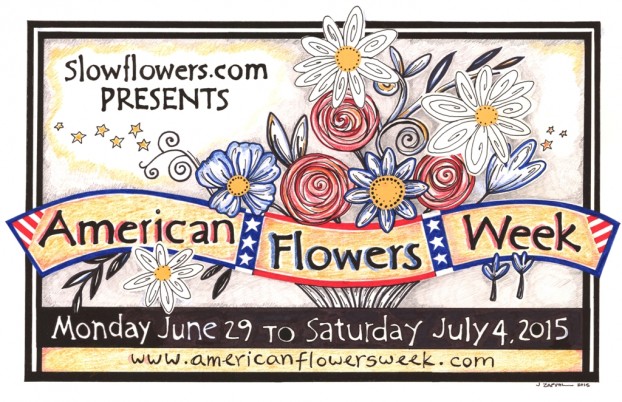
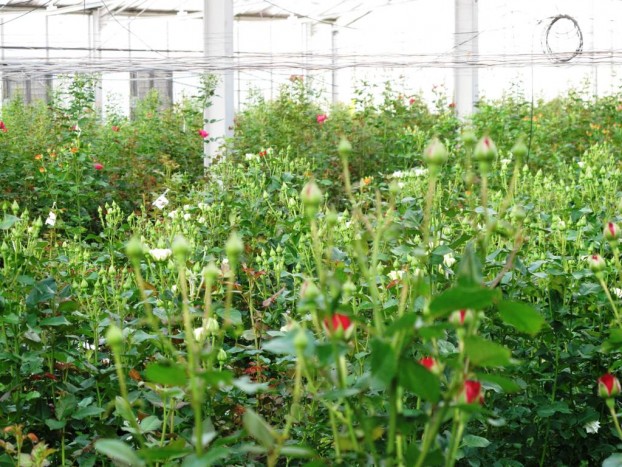
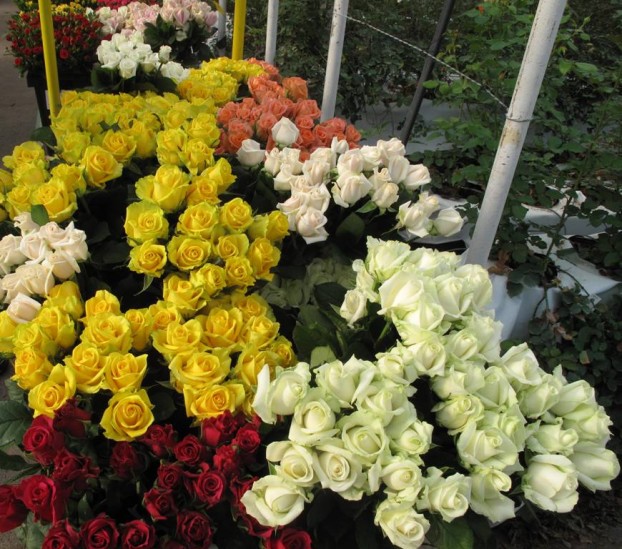
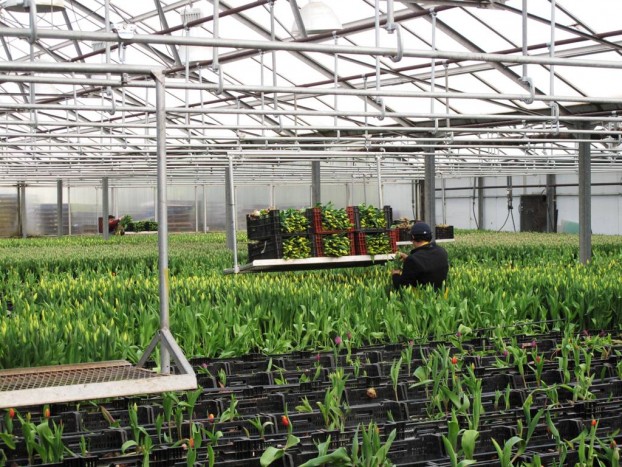
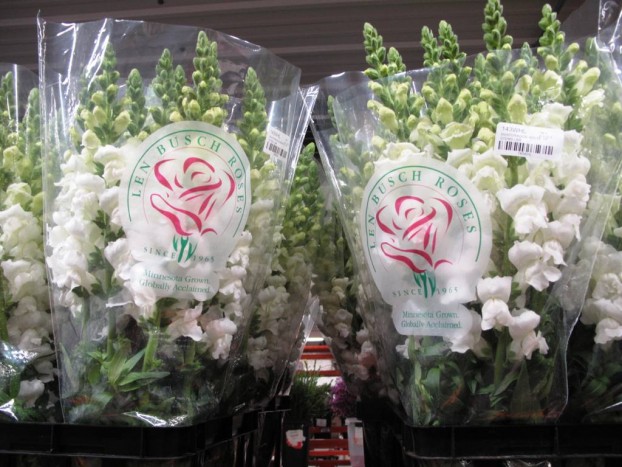
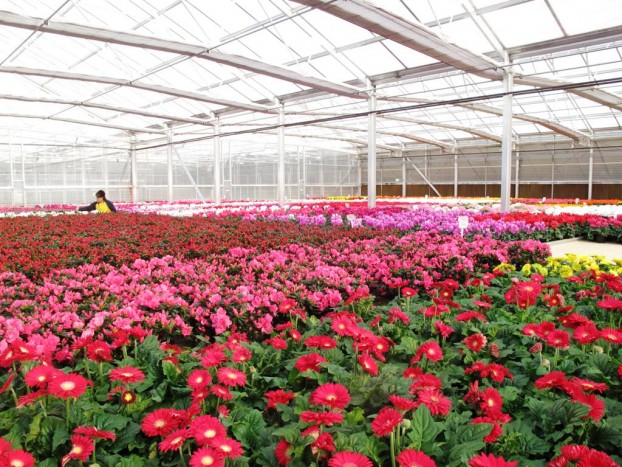
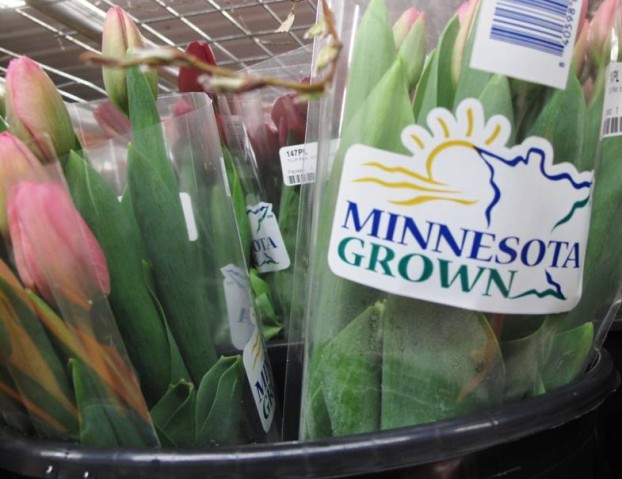

May 31st, 2017 at 7:50 am
[…] when the 100th episode of the Slow Flowers Podcast aired in June 2015, I noted that listeners had downloaded episodes 53,000 times since the start of […]